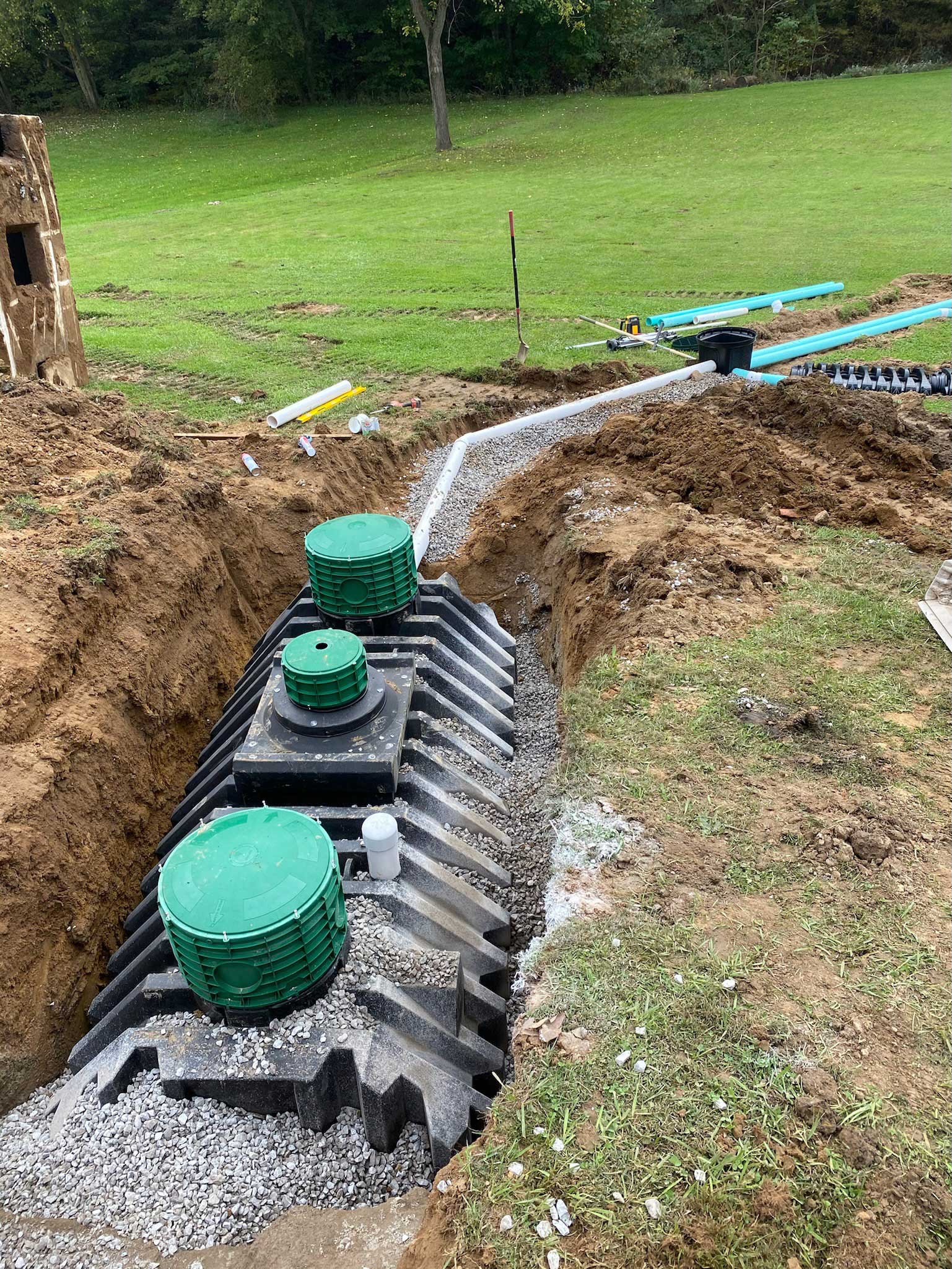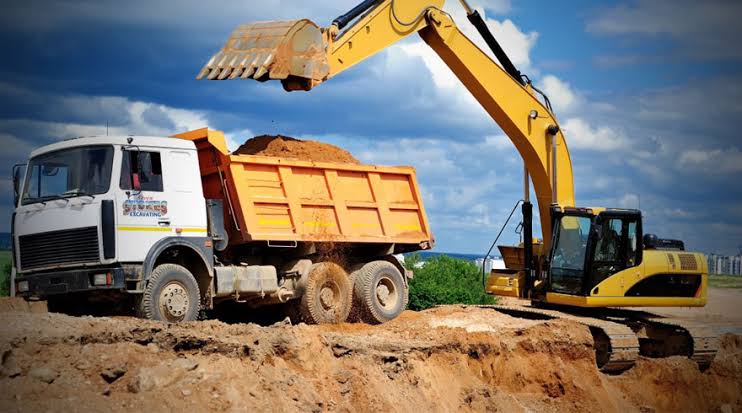Septic Ohio - Comprehensive Septic Tank Solutions in Ohio
Septic Ohio - Comprehensive Septic Tank Solutions in Ohio
Blog Article
Thorough Exploration: The Science Behind Superior Excavation Practices
From ancient hand devices to modern-day hydraulic excavators, the evolution of excavation strategies has actually been a testimony to human ingenuity and technological innovations. What genuinely sets remarkable excavation methods apart is a deep understanding of geological principles, coupled with the utilization of innovative tools and techniques.
Development of Excavation Methods
Throughout background, the advancement of excavation strategies has played a critical duty in advancing construction techniques and historical discoveries. From the basic devices used by our forefathers to the advanced machinery utilized in modern-day times, the development of excavation methods has actually significantly changed exactly how we approach different projects.
In ancient times, manual work with basic devices such as shovels, pickaxes, and wheelbarrows was the main method of excavation. This labor-intensive procedure restricted the depth and range of excavations, frequently causing sluggish progression and limited access to particular sites. Nonetheless, as civilizations advanced, so did the devices and techniques used for excavation.
The Industrial Transformation noted a transforming factor in excavation exercise with the introduction of steam-powered machinery. This development revolutionized the field, permitting faster and a lot more considerable excavations. In contemporary times, innovation plays an essential role in excavation, with developments like general practitioner systems, drones, and 3D scanning enhancing precision and efficiency in the area. The advancement of excavation methods continues to form the method we construct, discover, and recognize the world around us.
Duty of Innovation in Excavation

The assimilation of cutting-edge modern technology has basically changed the area of excavation, enhancing accuracy and efficiency to extraordinary levels. One of the essential technological innovations that has significantly affected excavation techniques is the utilization of general practitioner systems. These systems permit accurate mapping of excavation websites, enabling drivers to properly find below ground utilities and structures. Additionally, using telematics in excavation devices has made it possible for real-time tracking of machine performance, causing proactive maintenance and raised operational performance.
Additionally, the arrival of 3D modeling and simulation software has structured the preparation procedure for excavation projects. Engineers and drivers can now picture the whole excavation process prior to beginning, optimizing and determining possible difficulties process. In combination with this, the execution of drones in excavation activities has facilitated aerial surveys, volumetric measurements, and site evaluations with unequaled rate and precision.
Geological Concepts in Excavation
An understanding of geological concepts is crucial for ensuring the structural honesty and security of excavation websites. Geological factors play a vital duty in identifying the expediency and safety and security of excavation jobs (lancaster trenching). One crucial geological principle to think about is the type of dirt or rock existing at the website. Various dirt types, such as clay, gravel, or sand, have varying degrees of security and need various excavation methods. Natural soils like clay might need added support to stop collapses, while sandy soils may be prone to disintegration during excavation.
Furthermore, the geological structure of the location, including faults, cracks, and rock formations, have to be meticulously examined to recognize prospective risks and obstacles. Digging deep into near geological fault or unsteady rock formations can lead to instability and prospective hazards. By performing extensive geological studies and analysis, designers and excavators can establish approaches to alleviate risks and make sure the effective completion of excavation tasks. Ultimately, incorporating geological concepts right into excavation practices is critical for achieving secure, efficient, and sustainable outcomes.

Most Current Devices for Excavation
In the world of excavation methods, contemporary developments in devices have actually transformed the efficiency and accuracy of excavation processes. These drones can provide comprehensive aerial studies of excavation websites, using real-time information on topography and web potential dangers.
An additional cutting-edge tool acquiring appeal is the application of 3D printing technology for producing customized excavation tools. This permits the production of specialized devices that are customized to the specific needs of a job, raising efficiency and reducing downtime.
In addition, developments in products scientific research have actually led to the growth of stronger and a lot more durable excavation devices. lancaster trenching. Tungsten carbide-tipped excavator attachments, for instance, offer remarkable performance in tough ground conditions, improving performance on-site
Science's Effect on Excavation Practices

In addition, scientific research on soil auto mechanics and geotechnical design has actually offered beneficial insights right into dirt actions, allowing excavation experts to make educated choices concerning excavation approaches and dirt stabilization techniques. Generally, scientific research proceeds to drive technology and improvement in excavation practices, making excavation jobs extra efficient, cost-effective, and sustainable.

Verdict
To conclude, the development of excavation techniques has actually been substantially affected by developments in technology and a deeper understanding of geological concepts. The most current devices and tools utilized in excavation have improved performance and precision in the field. The application of clinical knowledge has actually dramatically boosted excavation methods, Get More Info causing a lot more efficient and sustainable approaches for excavating various kinds of materials.
In the world of excavation techniques, modern advancements in tools have changed the efficiency and accuracy of excavation procedures. By leveraging scientific principles, the excavation industry has been able to significantly boost performance, accuracy, and security in excavation processes. GPR allows excavation groups to non-invasively check and map subsurface structures, utilities, and possible threats, enabling them to plan excavation tasks with higher accuracy and decreased risk of crashes.
Furthermore, scientific study on dirt mechanics and geotechnical design has provided valuable understandings into dirt you can try here habits, allowing excavation specialists to make educated decisions relating to excavation techniques and dirt stabilization strategies. Overall, scientific research continues to drive development and enhancement in excavation practices, making excavation jobs much more efficient, economical, and sustainable.
Report this page